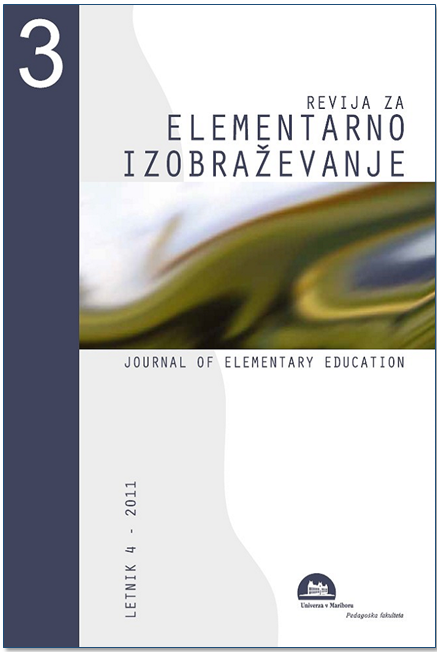The Development of Spatial Representation in the World of New Media
Abstract
With the development of spatial perceptions being one of the most important goals of visual art education, we analysed the influence of different didactic tools – dynamic or static in the development of pupils’ spatial perception. After an initial testing, we formed groups considering three different levels in their abilities to represent spatial organizations. In experimental groups pupils were introduced with the contents of the lesson using moving images while in control groups we used static images. Pupils had to make a drawing using the cues to represent space. While pupils from the advanced level did not show differences, in the second group they showed more detailed drawings in the case of the use of dynamic didactic means. Among the less talented pupils, the results showed a difference: improvement in the case of static images while dynamic images produced a kind of insecurity that did not allow the free development of pupils’ expression. We concluded that it is important to use the adequate didactic tools taking into account the goals we wish to achieve: dynamic images foster a unique experience of space but they can create insecurity and negative feelings in pupils that find it difficult to express themselves in terms of two dimensional representations of space.
Downloads
Downloads
Published
Issue
Section
License
Copyright (c) 2011 The Journal of Elementary Education

This work is licensed under a Creative Commons Attribution-NonCommercial-NoDerivatives 4.0 International License.
